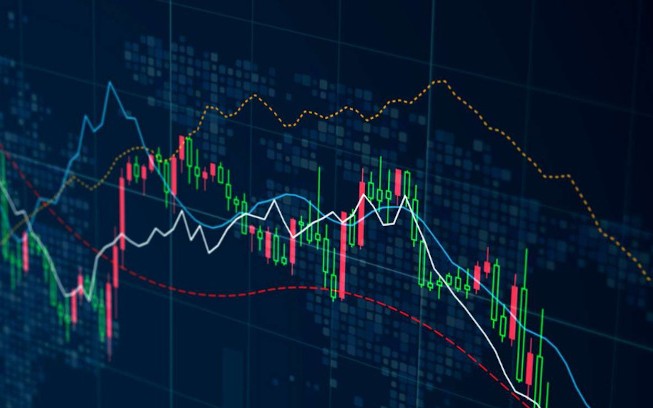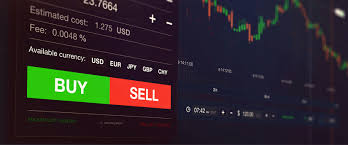
Mastering Forex Trading: A Comprehensive Guide to the Foreign Exchange Market
The foreign exchange market, commonly known as forex, is the largest and most liquid financial market in the world. With a daily trading volume exceeding $6 trillion, it presents immense opportunities for traders and investors alike. Whether you are a novice or an experienced trader, understanding the forex market is crucial for success. This guide will take you through the essentials of forex trading, including important concepts, strategies, and resources. For those looking to refine their trading skills, check out forex trading foreign exchange market https://trading-asia.com/ for more insights.
Understanding the Forex Market
The forex market operates 24 hours a day, five days a week, allowing traders to engage in currency trading at any time. Unlike stock markets, there is no central exchange for forex trading; instead, it is conducted over-the-counter (OTC) through a global network of banks, financial institutions, and individual traders. The primary purpose of forex is to facilitate international trade and investments, enabling the exchange of one currency for another.
Currency Pairs
In the forex market, currencies are traded in pairs, such as EUR/USD (Euro/US Dollar) or GBP/JPY (British Pound/Japanese Yen). The first currency in the pair is known as the base currency, while the second is the quote currency. The price of a currency pair indicates how much of the quote currency is needed to purchase one unit of the base currency. Understanding how currency pairs work is fundamental to successful forex trading.
Market Participants
The forex market is comprised of various participants, including:
- Central Banks: Institutions that manage a country’s currency, money supply, and interest rates.
- Commercial Banks: Financial institutions that facilitate currency trading for clients and their own accounts.
- Financial Institutions: Hedge funds, investment firms, and other entities engaged in forex trading.
- Retail Traders: Individual investors who participate in forex trading through brokers.
- Corporations: Businesses that engage in forex transactions to support international trade and investment.

Key Concepts in Forex Trading
Leverage
One of the unique features of forex trading is the ability to use leverage. Leverage allows traders to control larger positions with a smaller amount of capital. For example, with a leverage of 100:1, a trader can control a position of $100,000 with just $1,000. While leverage can amplify profits, it also increases the risk of substantial losses if trades do not go in the expected direction.
Margin
Margin is the amount of money required to open and maintain a leveraged trading position. It acts as a security deposit and is usually expressed as a percentage of the total trade value. Understanding how margin works is crucial for managing risk effectively in the forex market.
Pips and Spreads
A pip (percentage in point) is the smallest price movement in the forex market. It is generally the fourth decimal place in most currency pairs. The spread is the difference between the bid price and the ask price of a currency pair. It represents the cost of trading and can vary based on market conditions and the broker used.
Forex Trading Strategies
Technical Analysis

Technical analysis involves analyzing price charts and using various indicators to forecast future price movements. Traders often study trends, patterns, and key support and resistance levels to make informed trading decisions. Commonly used tools include moving averages, RSI (Relative Strength Index), and MACD (Moving Average Convergence Divergence).
Fundamental Analysis
Unlike technical analysis, which focuses on price movements, fundamental analysis examines economic indicators, geopolitical events, and other macroeconomic factors that can influence currency values. Key indicators include interest rates, inflation rates, employment data, and GDP growth. Understanding the fundamental drivers behind currency movements is essential for long-term trading success.
Risk Management
Effective risk management is critical in forex trading. Traders should always have a plan in place to protect their capital. This includes setting stop-loss orders, diversifying trades, and avoiding over-leveraging. Determining an appropriate risk-reward ratio for each trade can also help in making disciplined trading decisions.
Choosing a Forex Broker
Selecting the right forex broker is vital for your trading experience. Here are some factors to consider when choosing a broker:
- Regulation: Ensure the broker is regulated by a reputable financial authority to protect your funds.
- Spreads and Commissions: Compare the trading costs associated with various brokers, including spreads and commissions.
- Trading Platform: The trading platform should be user-friendly, reliable, and equipped with analytical tools.
- Customer Support: A responsive and knowledgeable customer support team can assist with any queries or problems.
Conclusion
Forex trading can be a rewarding venture for those willing to invest time in understanding the market. By learning the fundamental and technical aspects, adopting effective strategies, managing risks, and choosing a reputable broker, you can enhance your trading success. Remember that continuous education and practice are key to mastering forex trading and navigating the complexities of the foreign exchange market.
